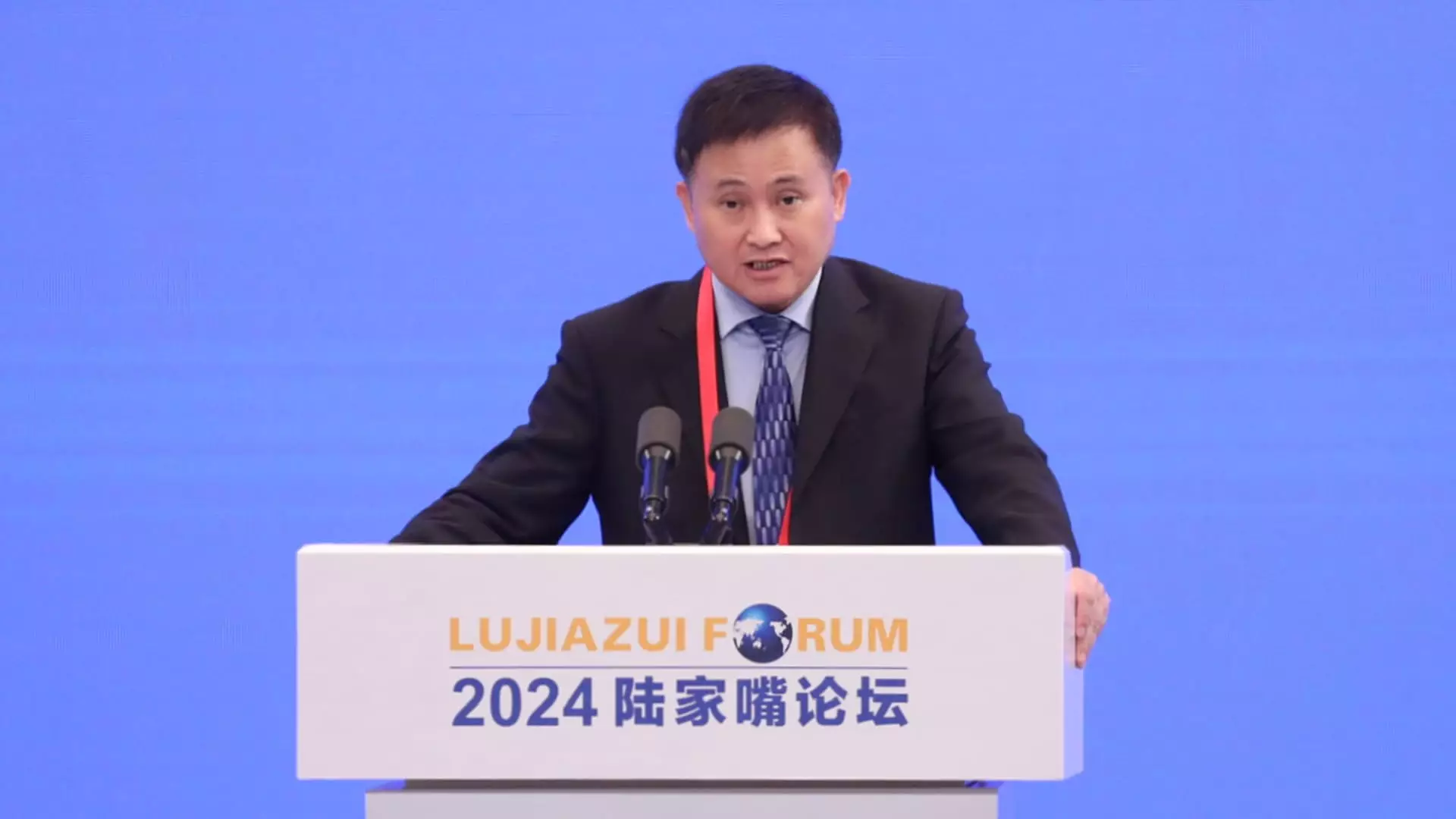In the context of shifting global economic dynamics, the People’s Bank of China (PBOC) is under considerable pressure to implement and maintain a monetary policy that safeguards economic stability. During a significant meeting held on Tuesday, PBOC Governor Pan Gongsheng assured the public via state media that the central bank would uphold a supportive monetary stance. This declaration is particularly crucial as China navigates through a period characterized by slow economic growth and various external pressures.
Pan mentioned the need to “increase the intensity of counter-cyclical monetary policy,” a term that encompasses strategies designed to counteract short-term economic fluctuations. These measures are particularly relevant as they indicate a proactive approach to economic management during turbulent times. Similar to previous statements made by Pan in recent months, this rhetoric underscores the PBOC’s acknowledgment of the challenges ahead. The commitment to counter-cyclical strategies signifies that the PBOC is likely to adjust interest rates and other financial tools in response to economic indicators in a timely manner.
The meeting’s backdrop was the National People’s Congress Standing Committee, which is currently deliberating on various financial strategies, with outcomes anticipated by Friday. Among the critical discussions is a potential agreement to sanction additional fiscal stimulus. Finance Minister Lan Fo’an informed the committee of intentions to increase the local government debt limit to effectively manage hidden debts—financial obligations previously obscured in governmental budgets. This is a strategic move designed to ensure that local administrations have enough liquidity to spur economic activity.
The PBOC’s proactive measures have already begun to take shape, as evidenced by recent interest rate cuts initiated in late September. These reductions aimed at fostering growth come in response to both internal economic challenges and the shifting monetary policies of international counterparts, notably the U.S. Federal Reserve. The Fed’s recent decision to embark on an easing cycle, including a substantial rate cut of 50 basis points, adds complexity to the situation for the Chinese central bank. With many economists predicting further rate reductions from the Fed, maintaining competitive interest rates becomes paramount for the PBOC.
With global economic indicators suggesting a trend toward uncertainty, the PBOC’s commitment to a supportive monetary policy signals its readiness to take calculated risks. By potentially deepening counter-cyclical measures and enhancing fiscal stimulus through legislation, China aims to stabilize its economy while encouraging growth. The interplay between domestic policies and international influences will be critical in determining the effectiveness of these strategies. In a world marked by volatility, the central bank’s decisions will likely draw keen scrutiny from analysts and stakeholders alike, as they seek indicators of China’s economic resilience and adaptability in the face of challenges.

Leave a Reply